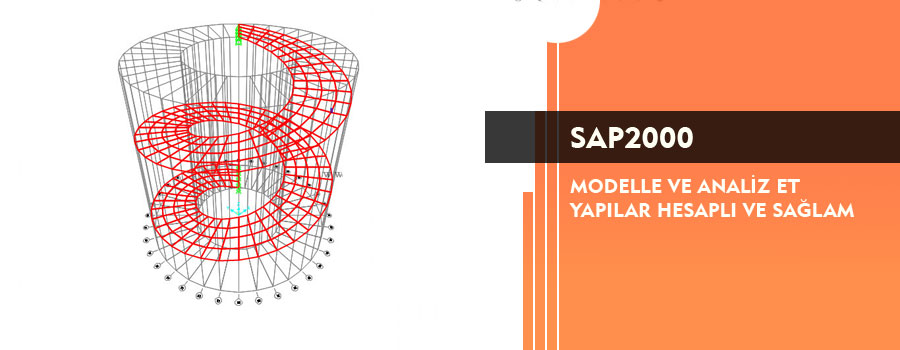

The International Maritime Organization's (IMO) International Convention for the Safety of Life at Sea (SOLAS) requires AIS to be fitted aboard international voyaging ships with gross tonnage (GT) of 300 or more tons, and all passenger ships regardless of size. AIS is intended to assist the vessel's watch standing officers and allow maritime authorities to track and monitor vessel movements, and integrates a standardized VHF transceiver system such as a LORAN-C or Global Positioning System receiver, with other electronic navigation sensors, such as a gyrocompass or rate of turn indicator. Information such as unique identification, position, course, and speed can be displayed on a screen or an ECDIS. These rules form the basis for assessing the design and construction of new vessels and the integrity of existing vessels and marine structures.Ī short range coastal tracking system used on ships and by Vessel Traffic Services (VTS) for identifying and locating vessels by electronically exchanging data with other nearby ships and VTS stations. ABS' core service is the provision of classification services through the development of standards called ABS Rules. At the end of 2006, ABS was the third largest class society with a classed fleet of over 10,000 commercial vessels and offshore facilities.
#Sap 2000 havuzu verification#
It is a classification society, with a mission to promote the security of life, property and the natural environment, primarily through the development and verification of standards for the design, construction and operational maintenance of marine-related facilities. The American Bureau of Shipping (ABS), first chartered in the State of New York in 1862 to certify ship captains. This is one of several classification societies with a mission to promote the security of life, property and the natural environment, primarily through the development and verification of standards for the design, construction and operational maintenance of marine-related facilities (i.e.


 0 kommentar(er)
0 kommentar(er)
